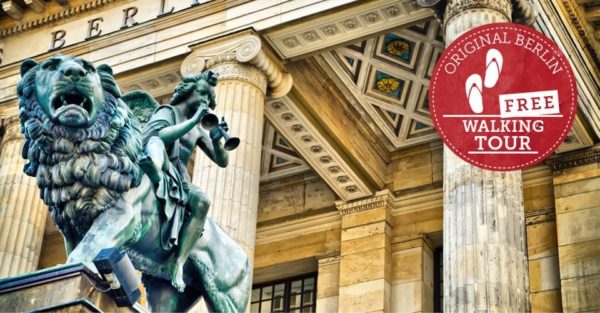In the period of cold war, USSR created bleeding wound on the world’s spirit by building up the Berlin wall in 1961. This impenetrable structure socially and literally split Berlin cutting across families, friends, and even business groups. In this article the author is going to reveal the factors that led to the construction of the Berlin Wall in the Soviet Union.
The Historical Context
In the aftermath of World War II, Berlin, like Germany as a whole, was divided into four occupation zones, each controlled by one of the Allied powers: the United States, the Soviet Union, the United Kingdom and the French. However, ideological and, political differences, which began to emerge during the war between the western powers and the soviet union, brought tension on.
Cold War was a state of political and military antagonism between the United States and its associates, collectively referred to as the Western Bloc, and the Soviet Union together with the countries of Eastern Europe. Carter’s presidency was marred by political rivalry and ideologies, contest over power and moreover there were risks of nuclear confrontations.
The Soviet Union’s Motivations
About 200, 000 East Germans were fleeing through the divided city of Berlin to the West Germany which was economically developed as compared to the GDR. This was a problem given the fact that the Soviet Union and East Germany were seeing a major leak in their demography, one that was being drained of proficient workers and knowledgeable personnel.
The main purpose of building the Berlin Wall was to stop the immigration of people from East Germany to West Germany due to the political consequences – this fact threatened the existence of GDR. They wanted to discourage the East Germans from moving to the west as this was a way of enhancing political and economical steadiness within the Soviet sphere.
Apart from the migration of the population, the government of East Germany was also worried about the economic form of migration, the brain drain. The brightest brains and skilled persons from the skilled workers, intellectuals as well as the professionals were moving out of the GDR. The construction of the Berlin Wall was to ensure that qualified people remained in the country to help develop the east German economy and physical Growth.
Political and Ideological Significance
During the Cold War the division between the two Germanies and the symbol of this separation was the Berlin Wall. The physical barrier turned into the ‘Iron Curtain’, the wall that Winston Churchill had once spoke about in his speech back in 1946.”
With the construction of the Wall within the city of Berlin the Soviet Union aimed at halting the influence of the West within East Germany and returning the Eastern Bloc to form. It made West Berlin an island within the territory of the GDR, which was surrounded by wall on almost all its sides.
Soviet Fear of Western Influence
For the Soviet Union West Berlin was most unwanted places as it was a place of propaganda and agents of the western world. Some of them travelled to West Berlin to see fellow Germans in the West live better with a lot of freedom. Thanks to this exposure the East Germans developed dissatisfaction with their political system increasing the calls for change towards a more western like system.
To prevent influence in its capital that is dominated by the West, a physical barrier would be created, which would separate the Soviet sector from the Western sector of the city. Border guards were posted along the wall and instructed to open fire on anybody who tried to cross the border.
International Diplomatic Implications
The Construction of the Berlin wall provided an addendum blow to the escalating tension between the superpowers. The Western powers frowned at this development asserting what they regarded as a violation of post world war agreement of the status of Berlin, while for the Soviet Union the wall was seen as an inevitable measure in their effort to contain situation and protect their interests.
The construction of the Berlin Wall in August, 1961 brought back focus of the fight in the cold war and a symbol of division between western democracy and capitalist and the east’s communism. It made Berlin literally a miniature of the superpower conflict of ideologies that was going on at the time.
The Aftermath
The Berlin Wall existed for more than twenty eight years it was a symbol of division of the world. Nevertheless, the Civilian populated demanded reunification mainly in the late 1980s due to the declining Cold War. Finally in November 1989 the wall came down, signaling a new age and that of the Cold War and of Germany.
Legacy and Lessons Learned
The building and the subsequent bringing down of the Berlin Wall have affected the course of world politics and the history of humanity. It reminds of a huge pity that proclamations and ideological differences can lead to human tragedy and the power of the desire for freedom and reunion is stronger than barriers.
For today, the deaths and suffering of so many continue to be remembered in today’s memory and commemorated walls that are as much political as they are artistic and abstract with messages that won’t let itself to be silenced and assimilated such as those that symbolize unity and the true East of Berlin.
Table of Contents

